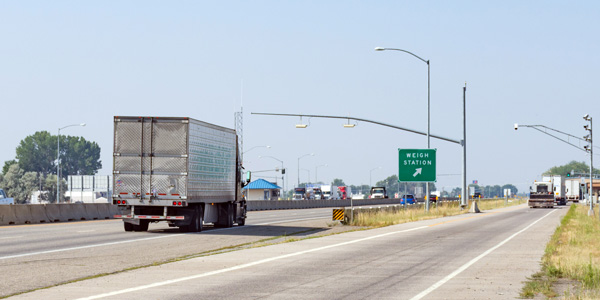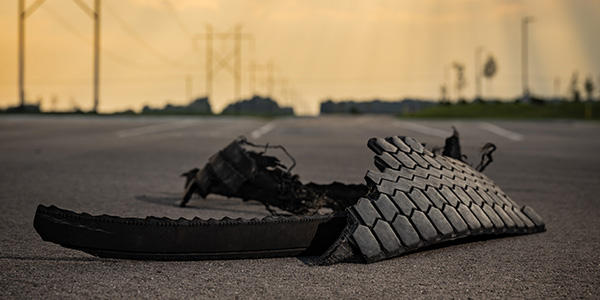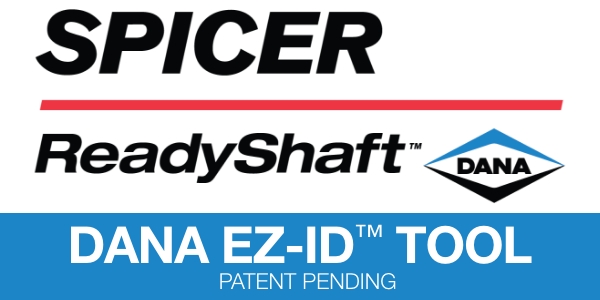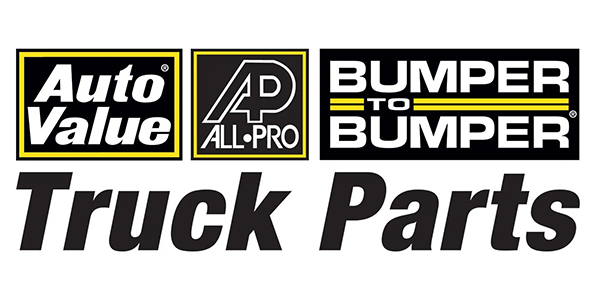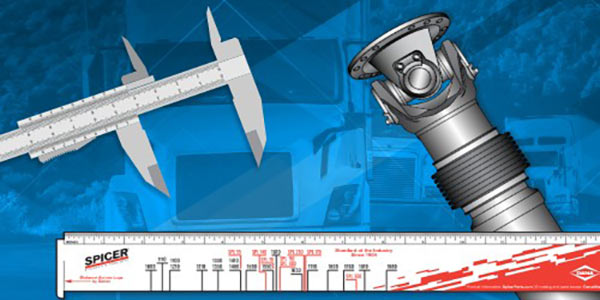There are two technologies used for weigh station bypass, each with different benefits. The Texas A&M Transportation Institute (TTI) completed a study comparing transponders and mobile apps for bypassing weigh stations.
Transponders used for electronic bypass and most electronic tolling systems globally are based on radio frequency identification (RFID) technology. This is the same technology chosen by the U.S. Department of Transportation for connected and autonomous vehicles, because of its speed, accuracy and reliability.
Bypass is also possible using commercial mobile radio services (CMRS) technology, known better as cellular technology. CMRS is flexible. It can be an “app” on a smart phone, tablet, or as part of an on-board telematics platform in a truck.
The TTI study found benefits of both transponders and mobile bypass apps for weigh station bypassing:
- CMRS mobile apps eliminate the need to manage transponder inventory. This provides an added level of convenience when deploying and managing a weigh station bypass solution.
- CMRS allows geo-fencing of “virtual” weigh stations where wireless signal connectivity is strong and it may not be cost-effective to install the roadside hardware required by RFID. This adds locations for bypass with a mobile app where RFID infrastructure is not available.
- Weak cell signals do not appear to be a problem for CMRS— so long as there is connectivity and “calls” are not dropped. However, data transfer accuracy is well short of the 99.9% reliability of a transponder. This is especially true when trucks are moving close together, resulting in a higher pull-in rate when using a mobile app.
- RFID transponders are compatible with toll payment capture, a function that is not currently available on CMRS platforms. This allows truck fleets to use the same transponder for both bypassing and electronic tolling.
The TTI study suggests that both RFID and CMRS technologies have a place in electronic bypass — so long as fleets know what to expect from each.
CMRS apps can meet the needs of users who prefer flexibility, travel past “virtual” sites without transponder readers, and are willing to accept slightly higher pull-in rates. The accuracy of CMRS can depend on the bypass provider, mobile device model, cellular data provider, connectivity, and distances between vehicles.
In contrast, RFID transponder technology provides almost 100% bypass accuracy and the ability to integrate toll payment services. It also provides bypassing at transponder-only sites operated in some states and locations operated by NORPASS, Oregon Green Light and Weigh2GoBC.
The optimal solution is to use a CMRS app alongside an RFID transponder to leverage the reliability of a transponder for bypass and electronic toll payment services, along with coverage afforded at non-RFID sites by a mobile application.
When approaching a weigh station that accepts both technologies, the CMRS app automatically defers to the more accurate RFID transponder. A driver will not receive a “red light” from one device and a “green light” from the other.
This article was sponsored by PrePass. For more information, please visit our website at www.prepass.com.

